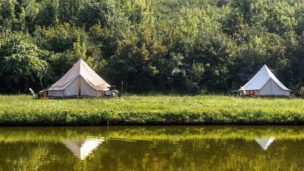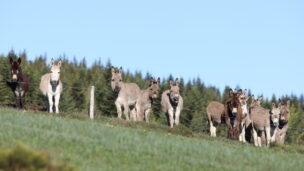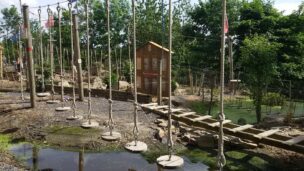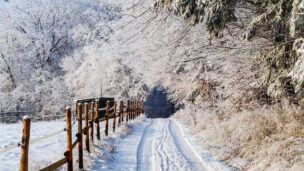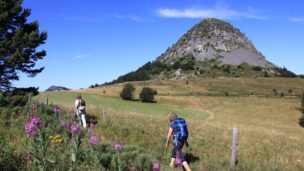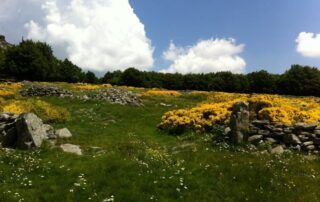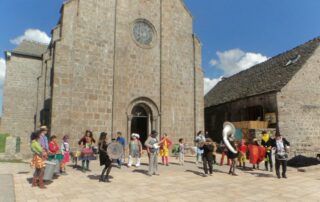Description
The word Sagnes indicates marshy land, like the "Narce". Goudoulet (we also find Gandoulet elsewhere) seems to derive from the Germanic "Wand", hence gand and perhaps the name so widespread in the "Gandon" sector.
“Les Sagnes” was a priory, that is to say a parish attached to an abbey. This priory was founded in the XNUMXth century by the Vellave abbey of La Chaise Dieu under the patronage of Saint-Robert (Benedictine monks also called “Black Monks”).
Le Goudoulet was the parish of Sainte-Eulalie until the revolution and constituted a mandate from the jurisdiction of the Lord of Georand (Ithier). This mandate goes to the Abbey of Aiguebelle (the Cistercian monks or "white monks"). It is readily said that the understanding was not always very cordial between the black monks and the monks.
The Ferme des Grands Sagnes is undoubtedly the prior's house. It was called the "Clastre", the cloister, which designates the residence of the monks or simply presbytery. It was also a farm or smallholding inhabited by wealthy people. In the municipality of Sagnes and Goudoulet, is Dizonenche. It was once a barn-herbalist of the Chartreuse de Bonnefoy. It was remodeled at the beginning of the XNUMXth century. Its location under the "Lech'ous" gives it a particular interest and we will appreciate the way in which it has been structured, between the dwelling on one side and the stable and the fenière on the other.
On August 20, 1933, a Sunday evening, the steeple of Sagnes was set on fire by lightning as well as the Roux house (today Lévèque). In 1934 the bell tower was repaired and the church was refreshed. Les Sagnes then had 456 inhabitants. Not far from the village, at the foot of the Suc des Coux, one can discover during a walk the old peasant gardens called “Les Rabeïrasses” and delimited by low stone walls.
Opening
From 01 / 01 to 31 / 12.
Location





